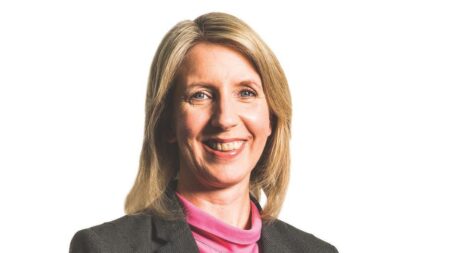Time to retire your scheme?
Rising costs for teacher’s pension schemes have led to changes being considered by schools, say Hannah English and Sue Waites
Independent schools are facing a number of financial challenges. Teachers’ Pension Scheme (TPS) and Scottish Teacher’s Pensions Scheme (STPS) costs increased from April this year by around 20% for TPS and around 11% for STPS. Higher contributions, the impending VAT hit on fees, and any possible hidden surprises from the new Labour government, mean that financial pressure on independent schools is building.
Is it time to consider your options?
Latest statistics suggest that as at the end of May this year, 363 independent schools across England and Wales had withdrawn from the TPS (since August 2019). A further 201 independent schools have applied to become phased withdrawal schools since September 2021.
From our experience, we have found that many schools are considering their options or are currently in a consultation process. Below, we briefly consider what options schools have.
First, schools can manage the risk of further cost increases. We have now seen a succession of increases in the contributions schools are required to make to the (S)TPS. The latest increases saw TPS employer costs increase from 23.68% to 28.68% in April this year (a 20% proportionate rise) and STPS costs increased from 23% to 26% (a proportionate 11% rise). Benefits being earned by teachers are unchanged. So, schools are paying more money for their teachers to earn the same benefits. There is a risk of further cost increases in the future. Schools should therefore assess whether remaining in (S)TPS continues to represent good value for money.
Another option is to minimise the financial impact of VAT on fees. Many schools are looking at cost savings as part of their strategy to minimise the fee increases needed to balance the books. Pension contributions are a material cost that schools can control. It therefore makes sense to consider a change in pension strategy as part of the solution. Recruitment and retention impact is now lower – in our experience the risk of being an early mover has disappeared.
What are the alternative pensions options for teachers?
There are a range of solutions available to help manage (S)TPS cost increases. One pathway is to move all teachers to a defined contribution (DC) scheme. This solution gives the most cost certainty, but generally imposes a change on teachers. Options are available with this solution though to give teachers choice, such as swapping pension contributions for salary or other rewards.
Another option is what we call total reward solution. Under this solution, teachers are given the choice of opting out of (S)TPS into a DC scheme or staying in (S)TPS with a reduction in pay to fund the additional costs. This approach does give teachers choice, but may not be a sustainable solution for the long term if (S)TPS costs continue to rise. Schools should also consider the additional administration required to run a total reward solution and what support they would need to provide to enable staff to make an informed choice.
Finally, there is a mixed economy solution. This option allows schools to keep current hires in (S)TPS, but makes alternative pension arrangements for new hires. This doesn’t disturb pension benefits for current teachers, and gradually addresses the increased costs in (S)TPS. However, the cost savings will only come through over a long timeframe, particularly if staff turnover is low.
We have worked with a number of independent schools that are navigating these three options above – many of whom have combined total reward solution and a mixed economy solution.
How to run a successful consultation process
If you decide to develop a proposal for changing your current pension arrangements, it’s crucial to get the proposal and the accompanying consultation process right. These are the key areas to get right in a consultation process:
A compelling business case – your teachers will understand the need for change if the business case is compelling. So, for example, the cost increases may be unaffordable, and this change is required to protect the longer-term sustainability of the school and ultimately jobs.
A decent replacement offer – maintaining the school’s spend enables the message to be about stabilising cost rather than reducing cost. Offering DC rates similar to (S)TPS rates before the most recent increase gives an employer contribution rate that remains very competitive relative to broader UK pension contribution levels, and in many cases will provide a reasonable retirement income based on modelling we have completed.
A genuine consultation process – your consultation process needs to be genuine, open and bring teachers with you. It needs to avoid being perceived as a ‘done deal’. Listen to teachers, and representatives, during the consultation process and consider if your proposal can be revised in some areas to address any of their feedback.
A final word
Changing someone’s retirement income can be stressful and a cause for concern. It is because of this that the final of these points is the most crucial – schools must listen to their teachers and ensure they are part of any pension scheme reconsideration. While financial pressure on schools continues to grow, it’s crucial that those who have built a career through helping, inspiring and teaching the nation’s children are supported after they leave the classroom for the final time.
Hannah English is head of defined contribution corporate consulting and Sue Waites is a partner at financial advisor Hymans Robertson.

Hannah English

Sue Waites
